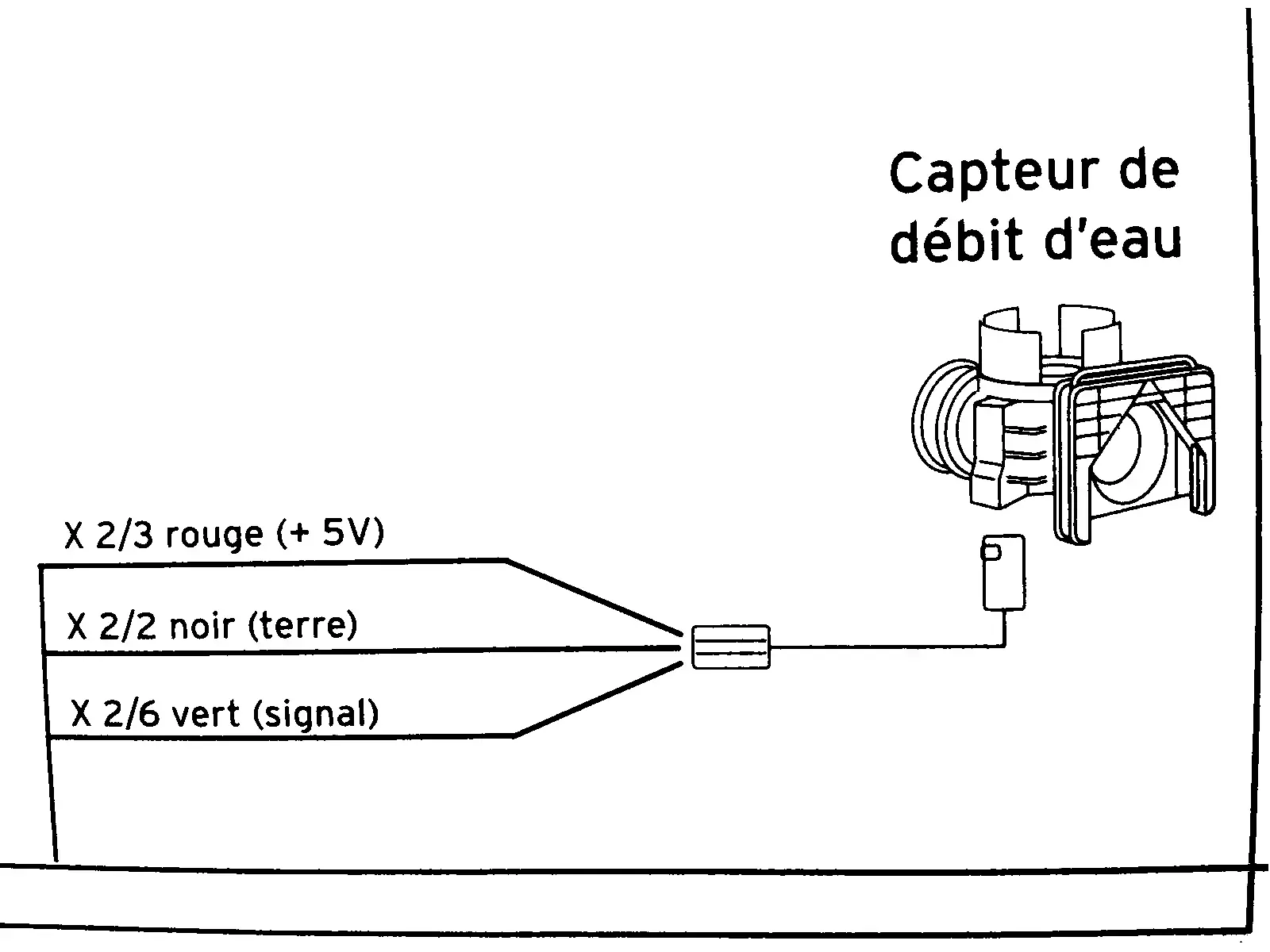When an arrogant presumptuous dick dumps hot-headed uncivil drivel into a relatively apolitical thread about plumbing technology and reduces the quality of the discussion to a Trump vs. $someone style shitshow of threadcrap, the tools given to the moderator are:
- remove the comment (chainsaw)
- ban the user from the community (sledge hammer)
Where are the refined sophisticated tools?
When it comes to nannying children, we don’t give teachers a baseball bat. It’s the wrong tool. We are forced into a dilemma: either let the garbage float, or censor. This encourages moderators to be tyrants and too many choose that route. Moderators often censor civil ideas purely because they want to control the narrative (not the quality).
I want to do quality control, not narrative control. I oppose the tyranny of censorship in all but the most vile cases of bullying or spam. The modlog does not give enough transparency. If I wholly remove that asshole’s comment, then I become an asshole too.
He is on-topic. Just poor quality drivel that contributes nothing of value. Normally voting should solve this. X number of down votes causes the comment to be folded out of view, but not censored. It would rightfully keep the comment accessible to people who want to pick through the garbage and expand the low quality posts.
Why voting fails:
- tiny community means there can never be enough down votes to fold a comment.
- votes have no meaning. Bob votes emotionally and down votes every idea he dislikes, while Alice down votes off-topic or uncivil comments, regardless of agreement.
Solutions:
I’m not trying to strongly prescribe a fix in particular, but have some ideas to brainstorm:
- Mods get the option to simply fold a shitty comment when the msg is still on-topic and slightly better quality than spam. This should come with a one-line field (perhaps mandatory) where the mod must rationalise the action (e.g. “folded for uncivil rant with no useful contribution to the technical information sought”).
- A warning counter. Mods can send a warning to a user in connection with a comment. This is already possible but requires moderators to have an unhuman memory. A warning should not just be like any DM.. it should be tracked and counted. Mods should see a counter next to participants indicating how many warnings they have received and a page to view them all, so as to aid in decisions on whether to ban a user from a community.
- Moderator votes should be heavier than user votes. Perhaps an ability to choose how many votes they want to cast on a particular comment to have an effect like folding. Of course this should be transparent so it’s clear that X number of votes were cast by a mod. Rationale:
- mods have better awareness of the purpose and rules of the community
- mods are stakeholders with more investment into the success of a community than users
- Moderators could control the weight of other user’s votes. When 6 people upvote an uncivil post and only 2 people down vote it, it renders voting as a tool impotent and in fact harm inducing. Lousy/malicious voters have no consequences for harmful voting and thus no incentive to use voting as an effective tool for good. A curator should be able to adjust voting weight accordingly. E.g. take an action on a particular poll that results in a weight adjustment (positive or negative) on the users who voted a particular direction. The effect would be to cause voters to prioritize civil quality above whether they simply like/dislike an idea, so that votes actually take on a universal meaning. Which of course then makes voting an effective tool for folding poor quality content (as it was originally intended).
- (edit) Ability for a moderator to remove a voting option. If a comment is uncivil, allowing upvotes is only detrimental. So a moderator should be able to narrow the ballot to either down vote or neutral. And perhaps the contrary as well (like some beehaw is instance-wide). And perhaps the option to neutralise voting on a specific comment.


IRC for Android ← antithetical to privacy
IRC for linux PCs that can be hardened and routed over Tor ← privacy respecting
This thread does not belong here.